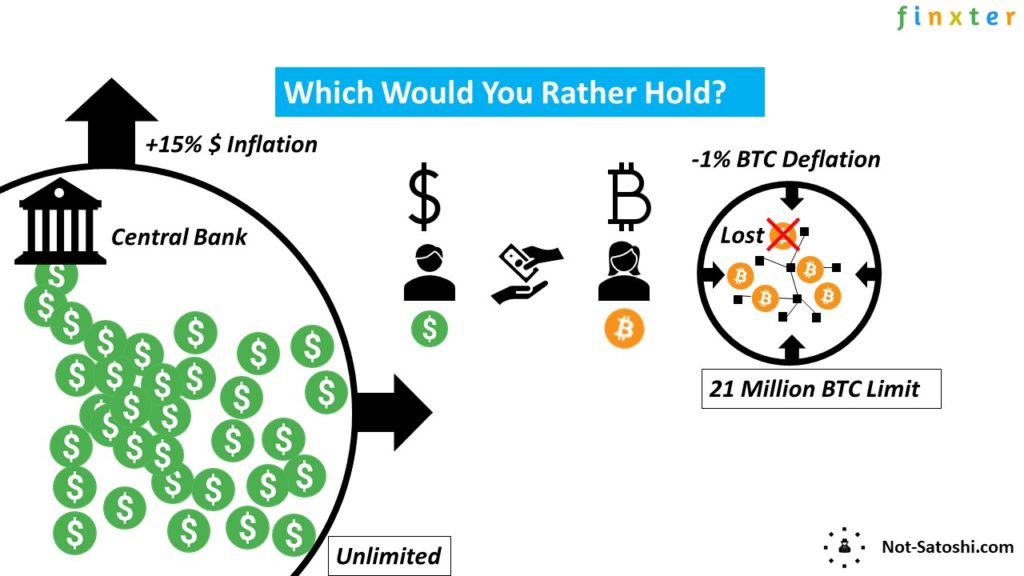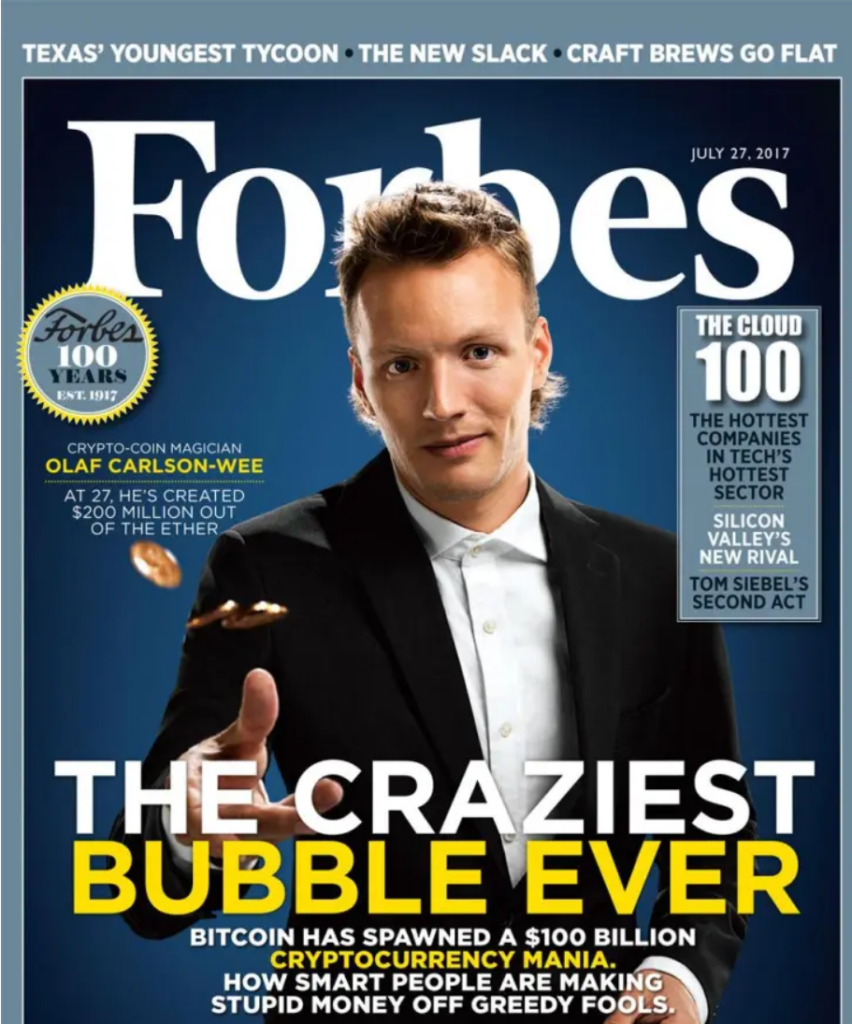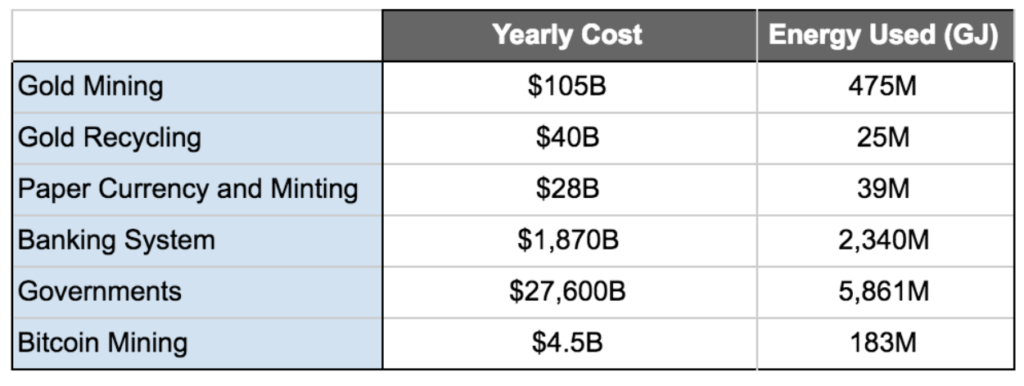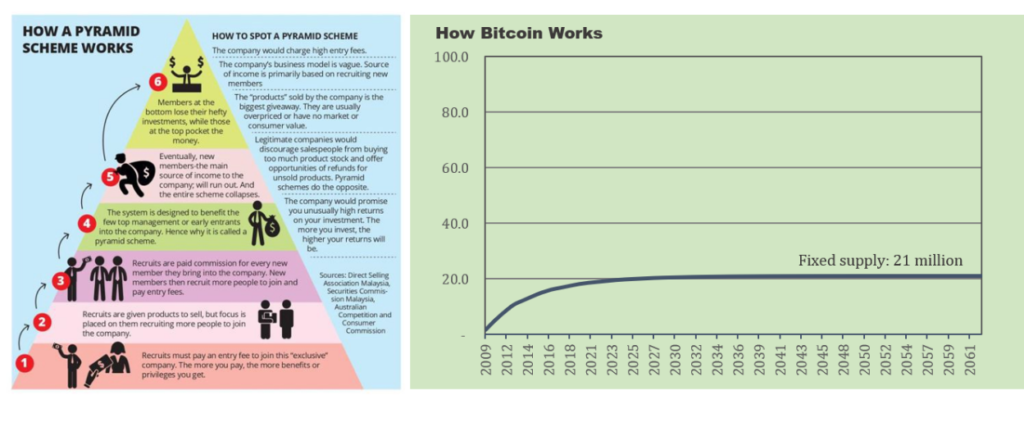
Do you plan to HODL Bitcoin? You can only do so with a strong conviction. These are the best Bitcoin articles I found in years of in-depth research.
Ignore them at your own perish!
Table of Contents
Bitcoin: A Peer-to-Peer Electronic Cash System
The classic original Bitcoin whitepaper is a must-read for every Bitcoiner. Here’s the quick summary:
Abstract. A purely peer-to-peer version of electronic cash would allow online
payments to be sent directly from one party to another without going through a
financial institution. Digital signatures provide part of the solution, but the main
benefits are lost if a trusted third party is still required to prevent double-spending.
We propose a solution to the double-spending problem using a peer-to-peer network.
The network timestamps transactions by hashing them into an ongoing chain of
hash-based proof-of-work, forming a record that cannot be changed without redoing
the proof-of-work. The longest chain not only serves as proof of the sequence of
events witnessed, but proof that it came from the largest pool of CPU power. As
long as a majority of CPU power is controlled by nodes that are not cooperating to
attack the network, they’ll generate the longest chain and outpace attackers. The
network itself requires minimal structure. Messages are broadcast on a best effort
basis, and nodes can leave and rejoin the network at will, accepting the longest
proof-of-work chain as proof of what happened while they were gone.
Read full article: https://bitcoin.org/bitcoin.pdf
The Bullish Case for Bitcoin
As Michael Saylor puts it: Bitcoin is Hope. You must understand the potential of Bitcoin because the potential is the north star in our journey as Bitcoiners. This article gives you hope!
The article starts with big picture thinking:
Excerpt: Never in the history of the world had it been possible to transfer value between distant peoples without relying on a trusted intermediary, such as a bank or government. In 2008 Satoshi Nakamoto, whose identity is still unknown, published a 9 page solution to a long-standing problem of computer science known as the Byzantine General’s Problem. Nakamoto’s solution and the system he built from it — Bitcoin — allowed, for the first time ever, value to be quickly transferred, at great distance, in a completely trustless way. The ramifications of the creation of Bitcoin are so profound for both economics and computer science that Nakamoto should rightly be the first person to qualify for both a Nobel prize in Economics and the Turing award.
Read full article: https://vijayboyapati.medium.com/the-bullish-case-for-bitcoin-6ecc8bdecc1
The Bear Case for Crypto
Logic suggests that if you read the “bull case for Bitcoin”, you should also read about the “bear cases”. This article touches on some of those aspects like the ICO craziness.

Here’s a great little piece from the article:
Excerpt: Cutting to the chase, the reason the ICO and Bitcoin markets are booming the way they are is because regulators in the major jurisdictions for transacting financial business have, for four or five years, more or less entirely abdicated responsibility for enforcing the laws if the word “blockchain” is involved. Enforcement of which would have brought these markets’ development to a prompt and permanent end. Bitcoin’s growth is not based on its technology alone (which, while powerful, is open-source and therefore easily replicable) but rather on the strength of virality, encouraged by the vested interests who held early and invested in marketing it; with no genuine business underlying it, it acquires its (very substantial) memetic potency only from the evangelism of those who hodl and preach. The paucity of effective regulation to date means that, as an investment, it has enjoyed an advantage vis-a-vis other investments, like shares or bonds.
Read full article: https://prestonbyrne.com/2017/09/01/the-bear-case-for-crypto/
Modeling Bitcoin Value with Scarcity
This is one of the most impactful articles on the price of Bitcoin. It suggests that the price of Bitcoin will increase exponentially as the inflation rate reduces due to the Bitcoin halvings. A highly exciting read if you’re interested in some lofty price predictions of BTC!
From the article:
SF = stock / flow
Stock is the size of the existing stockpiles or reserves. Flow is the yearly production. Instead of SF, people also use supply growth rate (flow/stock). Note that SF = 1 / supply growth rate.
“The high stock-to-flow ratio of gold makes it the commodity with the lowest price elasticity of supply.”
“The existing stockpiles of Bitcoin in 2017 were around 25 times larger than the new coins produced in 2017. This is still less than half of the ratio for gold, but around the year 2022, Bitcoin’s stock-to-flow ratio will overtake that of gold”
Read full article: https://medium.com/@100trillionUSD/modeling-bitcoins-value-with-scarcity-91fa0fc03e25
Bitcoin Stock-to-Flow Cross Asset Model
If you enjoyed the idea of stock-to-flow, you’ll love this article that correlates different asset classes such as gold, silver, and even real estate to the expected price of Bitcoin. A very interesting read!
From the article:
Each of the four identified BTC clusters has a very different S2F-market value combination that seems to be consistent with halvings and changing BTC narratives.
- BTC “Proof of concept” (S2F 1.3 and market value $1M)
- BTC “Payments” (S2F 3.3 and market value $58M)
- BTC “E-Gold” (S2F 10.2 and market value $5.6B)
- BTC “Financial asset” (S2F 25.1 and market value $114B)
Read full article: https://medium.com/@100trillionUSD/bitcoin-stock-to-flow-cross-asset-model-50d260feed12
PoW is Efficient
Dan Held is an absolute legend in the Bitcoin community. He has a very clear and rational view on many topics. In this article, Dan explains why PoW is not so bad after all.
From the article:
All things in our lives are closely linked to the price of energy. Purifying water requires energy. Transporting products requires energy. Manufacturing products requires energy. Cooking requires energy. Refrigerators and freezers require energy. In a free market, the cost of any good largely reflects the energy used in producing that good. Because free markets encourage the lowest priced goods, the energy used in producing any good is minimized.Money, which is the representation of the work required to generate goods and services, can also be viewed as stored energy.
Read full article: https://www.danheld.com/blog/2019/1/5/pow-is-efficent
Bitcoin is Not Backed by Nothing
This article sheds some light on the issue what backs money. The US dollar is valuable mainly because more and more debt is created that must be paid off in USD. To learn about what makes Bitcoin valuable, read on!
From the article:
Bitcoin is out-competing its analog predecessors on the basis of its monetary properties. Bitcoin is finitely scarce, and it is more easily divisible and more easily transferable than its incumbent competitors. It is also more decentralized, and as a derivative, more resistant to censorship or corruption. There will only ever be 21 million bitcoin, and each bitcoin is divisible to eight decimal points (1 one-hundred millionth). Value can be transferred to anyone and anywhere in the world on a permissionless basis, and final settlement does not rely on any third-party. In aggregate, its monetary properties are vastly superior to any other form of money used today. And, these properties do not exist by chance, nor do they exist in a vacuum. The emergent monetary properties in bitcoin are secured and reinforced through a combination of cryptography, a network of decentralized nodes enforcing a common set of consensus rules, and a robust mining network ensuring the integrity and immutability of bitcoin’s transaction ledger.
Read full article: https://unchained-capital.com/blog/bitcoin-is-not-backed-by-nothing/
Bitcoin is Not a Pyramid Scheme
Another common misconception of Bitcoin is to compare it to a pyramid scheme. This article will handle that!
From the article:
Bitcoin will only become a global reserve currency if hundreds of millions (if not billions) more adopt it. And seemingly everyone that goes down the bitcoin rabbit hole ends up on the other side explaining it to their family and friends, pitching it as a better form of money. Sounds kind of like a pyramid scheme, right? Wrong. When Dell started selling PCs on its website in 1996 and everyone told their friends to get a Dell, was it a pyramid scheme? When Apple released the first iPhone in 2007 and everyone told their friends to drop the Blackberry for its superior successor, was it a pyramid scheme?
Read full article: https://unchained-capital.com/blog/bitcoin-is-not-a-pyramid-scheme/







